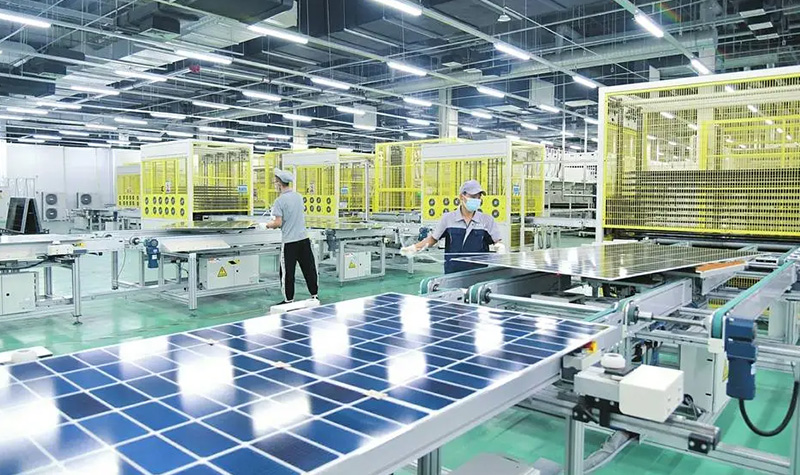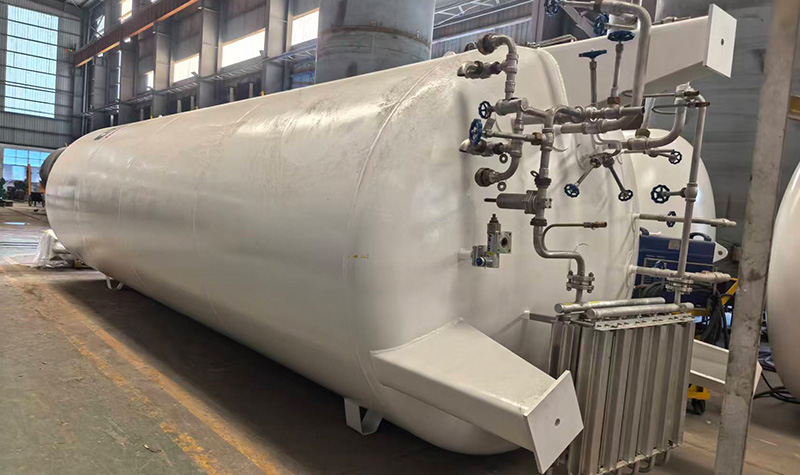
The gas source for carbon dioxide (CO2) recovery plants usually comes from industrial emissions or naturally occurring high concentration CO2 gas, depending on the application scenario and economy. The following are common classifications and characteristics of gas sources: Industrial emission sources (1) Fossil fuel combustion flue gas -Source: Coal/gas power plants, boilers, industrial kilns, etc. -Characteristics: Low concentration of CO2 (usually 10% -20%), requiring pre-treatment (dust removal, desulfurization, denitrification,
Due to its inertness, gaseous nitrogen can be used for various blowing, covering, and flushing operations. Depending on the type of process involved, different levels of nitrogen purity are required to meet unique manufacturing needs. What is nitrogen purity? Nitrogen purity refers to the proportion of nitrogen present in the sample taken from its flow compared to the impurities present. According to the ratio of pure gas

Industrial gas liquid carbon dioxide (CO2) is a commonly used industrial gas with extensive applications in multiple fields. When using liquid carbon dioxide, it is necessary to understand its characteristics and control requirements. Its application characteristics are as follows: Versatility: Liquid carbon dioxide can be used for various applications, including the food and beverage industry, chemical industry, medical industry, welding and cutting, fire protection and firefighting. Pressure stability: Liquid carbon

In the photovoltaic industry, gases play a crucial role in the manufacturing process. Various types of gases play different roles in the manufacturing process of solar cells and other optoelectronic devices to ensure product quality and performance. Firstly, nitrogen is an important protective gas that can maintain the purity of the manufacturing environment and avoid contamination of photovoltaic materials by impurities and oxygen. In the production process of solar

Sulfur hexafluoride (SF6) is a colorless, odorless, non-toxic, and non flammable synthetic gas. It is an important gas material in modern industry, especially in the fields of power and microelectronics, known as the “golden gas” in the power industry. However, it is also one of the strongest greenhouse gases, so its use and management are strictly restricted. Its core characteristics and typical applications can be summarized as follows:

Liquid argon (LAR) is a low-temperature, non flammable, non-toxic inert industrial gas as an essential gas in industrial and high-tech fields. Liquid Argon (LAR) is a liquid product produced from air separation plant by liquefying and distilling air. It is widely used in fields such as welding protection, semiconductor manufacturing, and metal heat treatment. Due to its extremely low boiling point (about -186℃), there are strict requirements for

